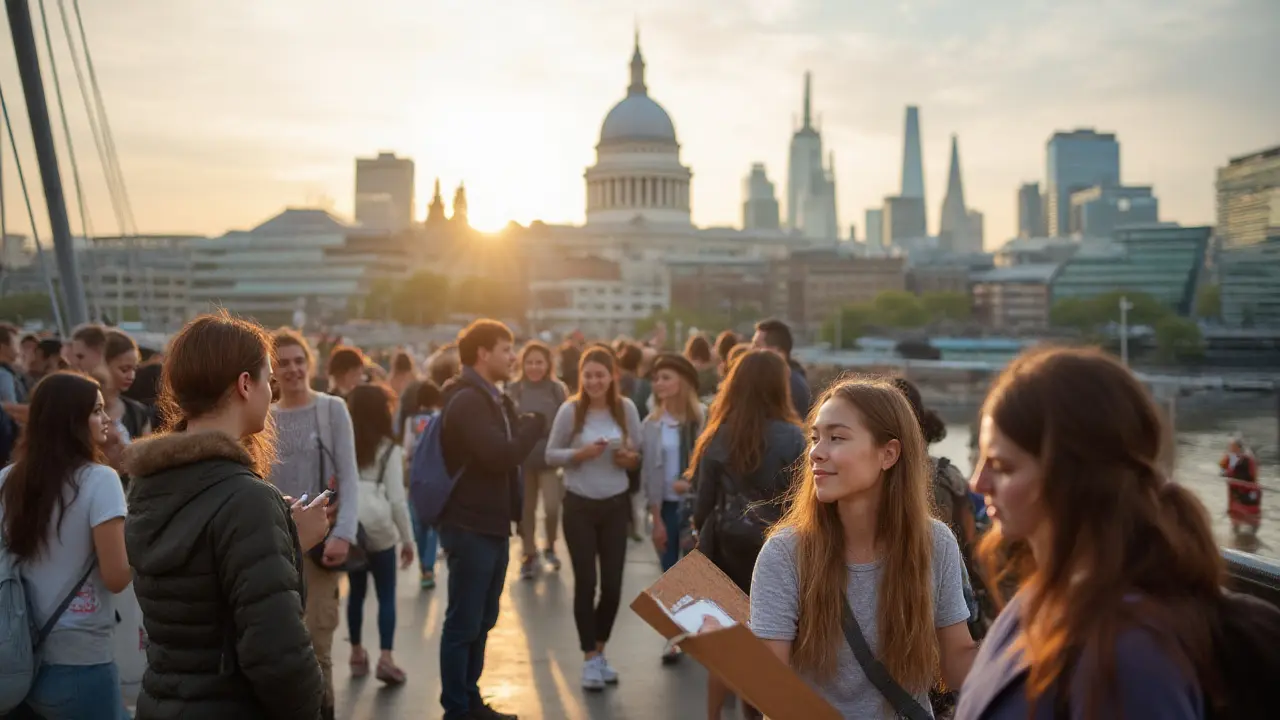Inclusive Public Spaces: Simple Ways to Make City Spots Accessible for Everyone
Ever walked into a park or museum and felt like it wasn’t built for you? That’s a sign the space isn’t inclusive. Inclusive public spaces are places where anyone—regardless of age, ability, or background—can feel safe, comfortable, and welcome. Below are easy steps you can take today to push your city toward true inclusion.
Why Inclusion Really Matters
When a space works for everyone, you get more visitors, richer conversations, and a stronger community vibe. Think about the London Transport Museum: it offers wheelchair ramps, sign‑language videos, and tactile displays, letting families with different needs enjoy the same history.
Inclusive design also cuts down on accidents and confusion. Clear signage, level pathways, and audible alerts help people with visual or mobility challenges navigate without stress. The result? Fewer complaints, smoother operations, and happier crowds.
Practical Tips for Creating Inclusive Spaces
1. Check the entrance. Make sure doors open automatically or have low‑height handles. A simple ramp with a gentle slope can turn a steep curb into a welcome path for wheelchairs and strollers.
2. Use clear, high‑contrast signs. Large fonts, pictograms, and Braille labels guide both sighted and visually impaired visitors. Place signs at eye level and keep the wording short.
3. Offer multi‑sensory experiences. Add audio guides, tactile maps, and scent‑free zones. Places like the Lifestyle Balloon Museum already provide interactive exhibits that engage touch and sound, making the visit memorable for all.
4. Provide seating and rest spots. Benches with armrests and nearby shade give older adults and parents a chance to pause. Even a few extra chairs near a coffee stall can change the vibe.
5. Keep pathways smooth. Cracked sidewalks or uneven flooring are hazards. Regular maintenance and using slip‑resistant materials make walking easier for everyone, including people with walkers or bikes.
6. Include gender‑neutral restrooms. A single‑occupancy option works for all families, trans guests, and anyone needing extra privacy.
7. Gather feedback. Ask local groups, disability charities, and everyday users what works and what doesn’t. Simple surveys or comment boxes can surface hidden problems before they become complaints.
By following these steps, you turn a regular park, museum, or café into a place where anyone can enjoy the city’s best moments. Start small—maybe just add a few clear signs or a ramp—then build on that momentum. Inclusive public spaces aren’t a luxury; they’re a basic right that makes the whole community thrive.
- Elara Markham
- May 28, 2025
- Comments 0

